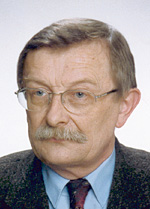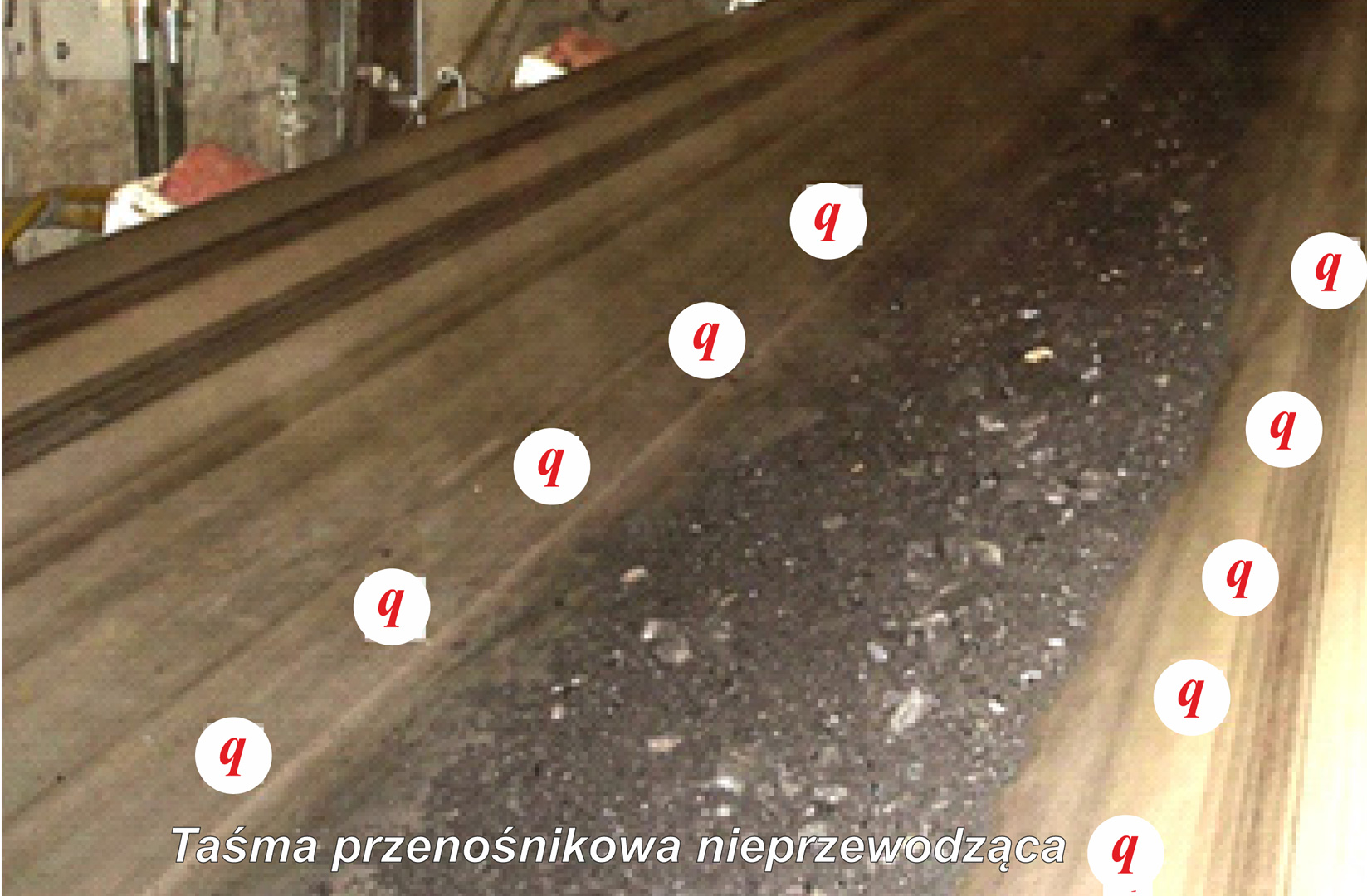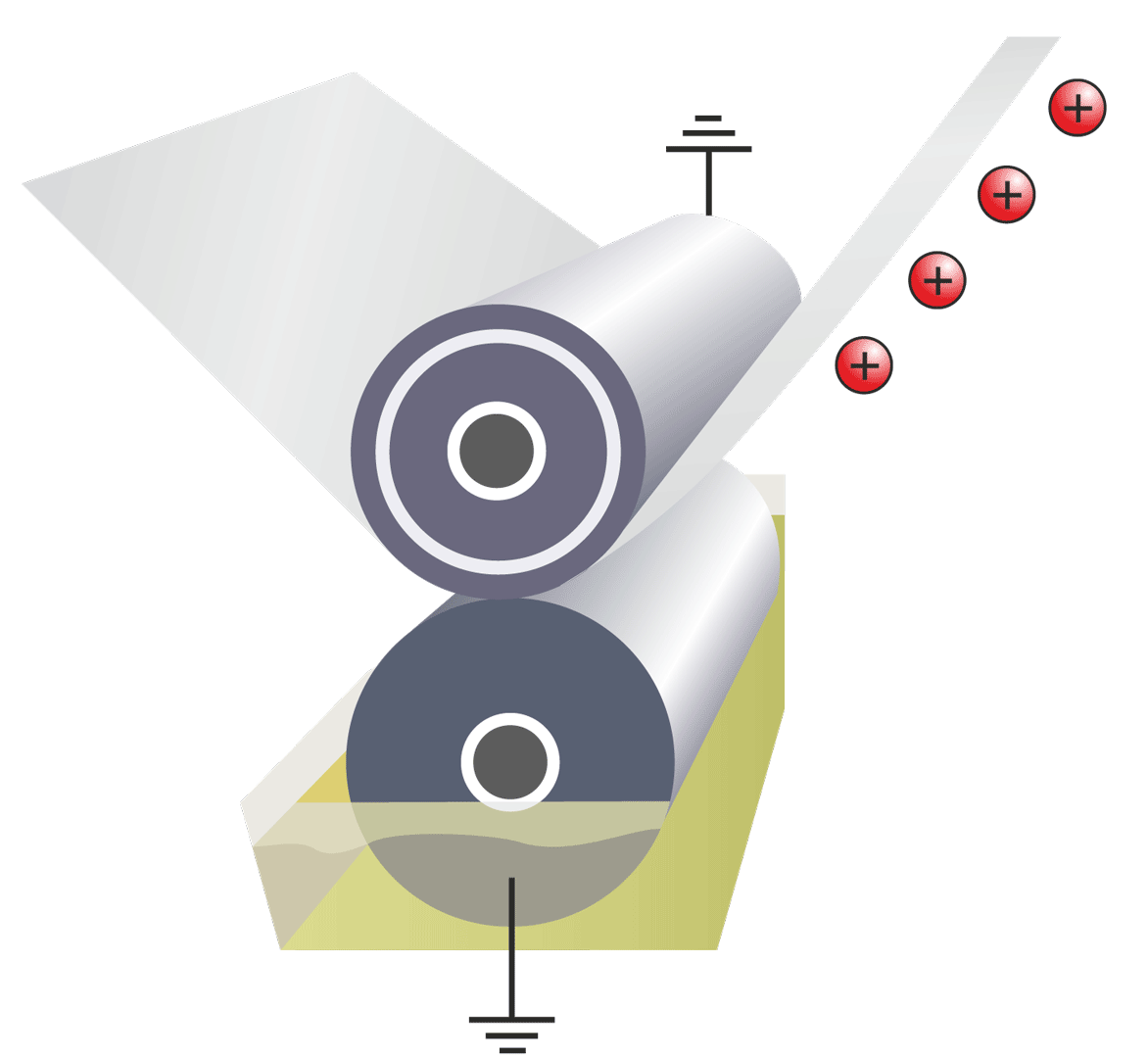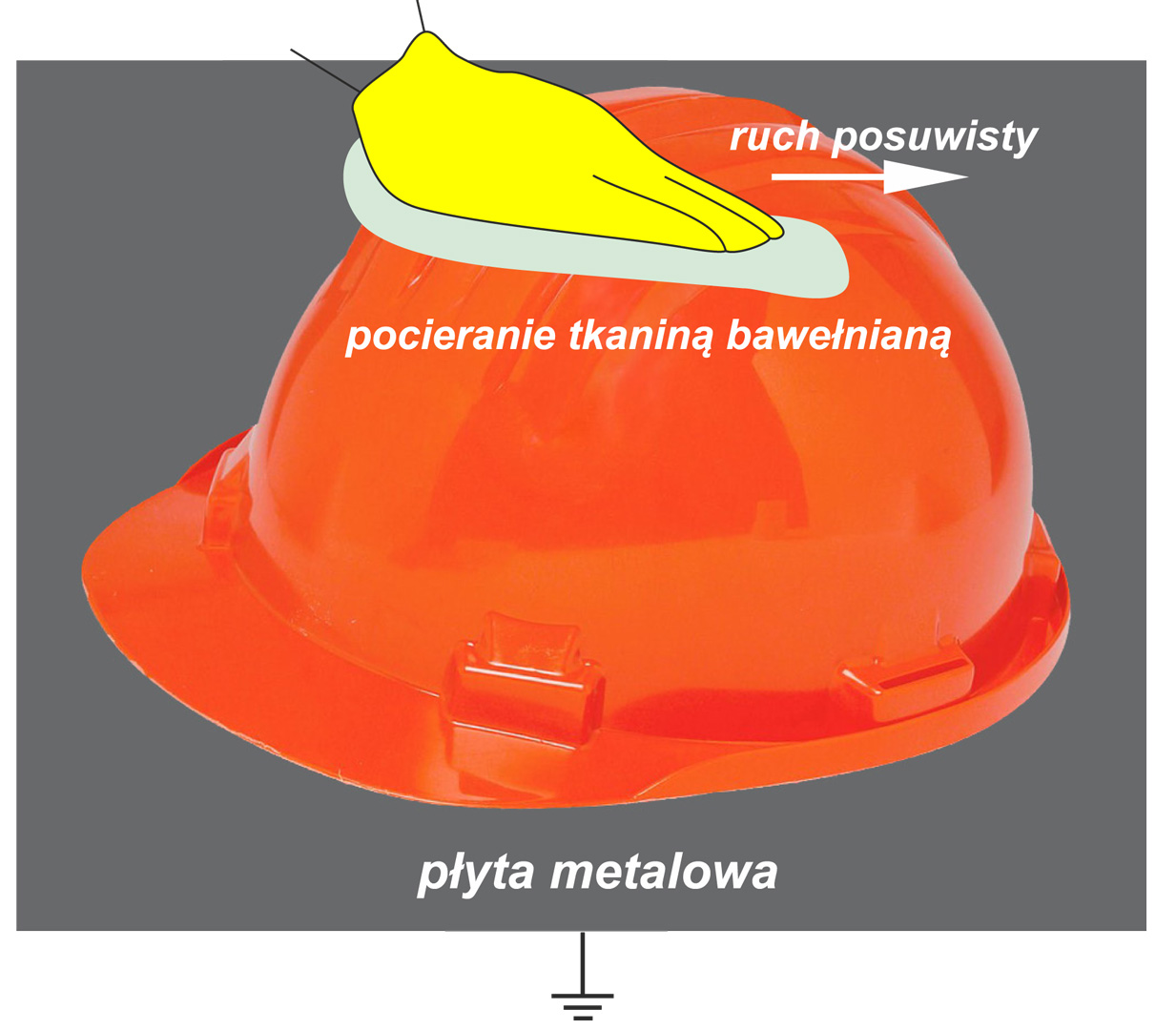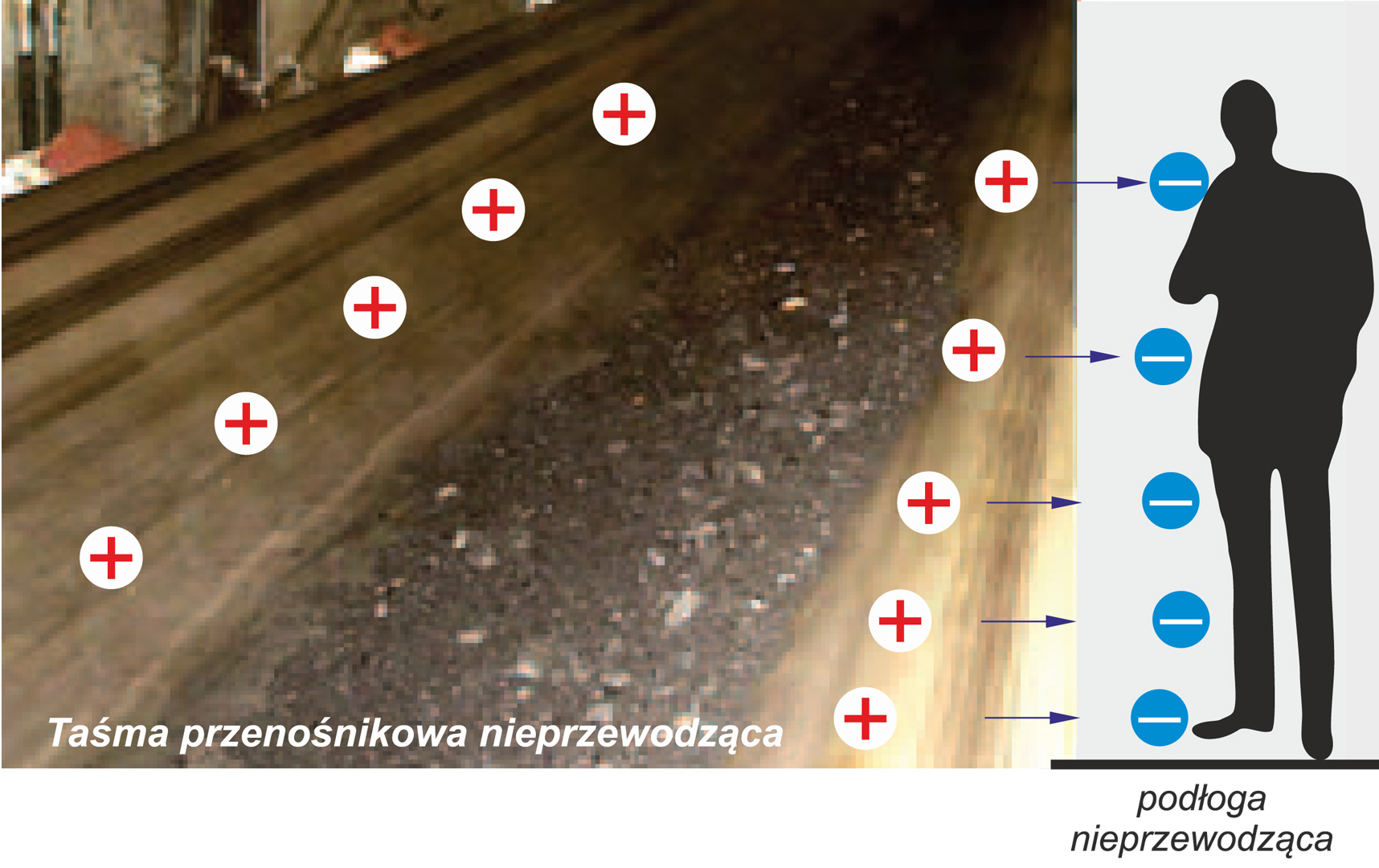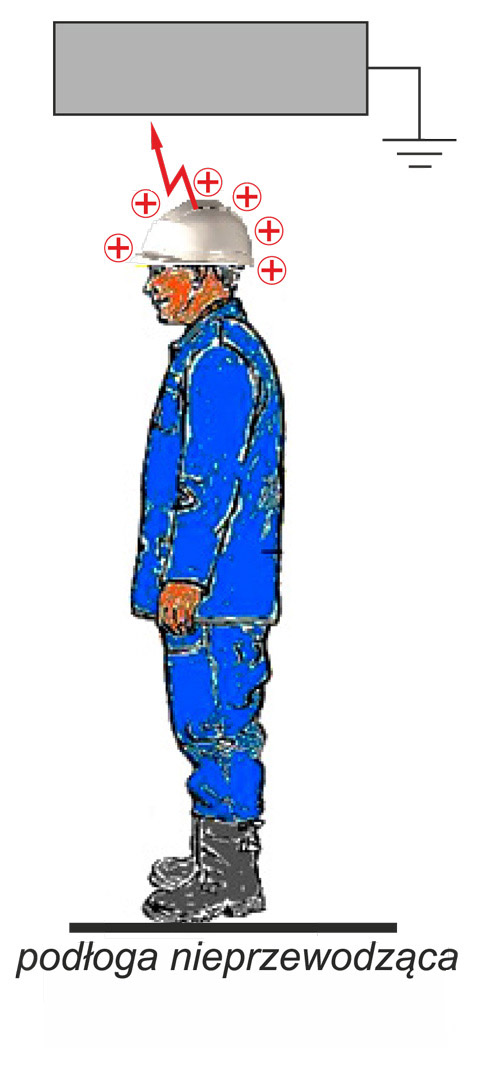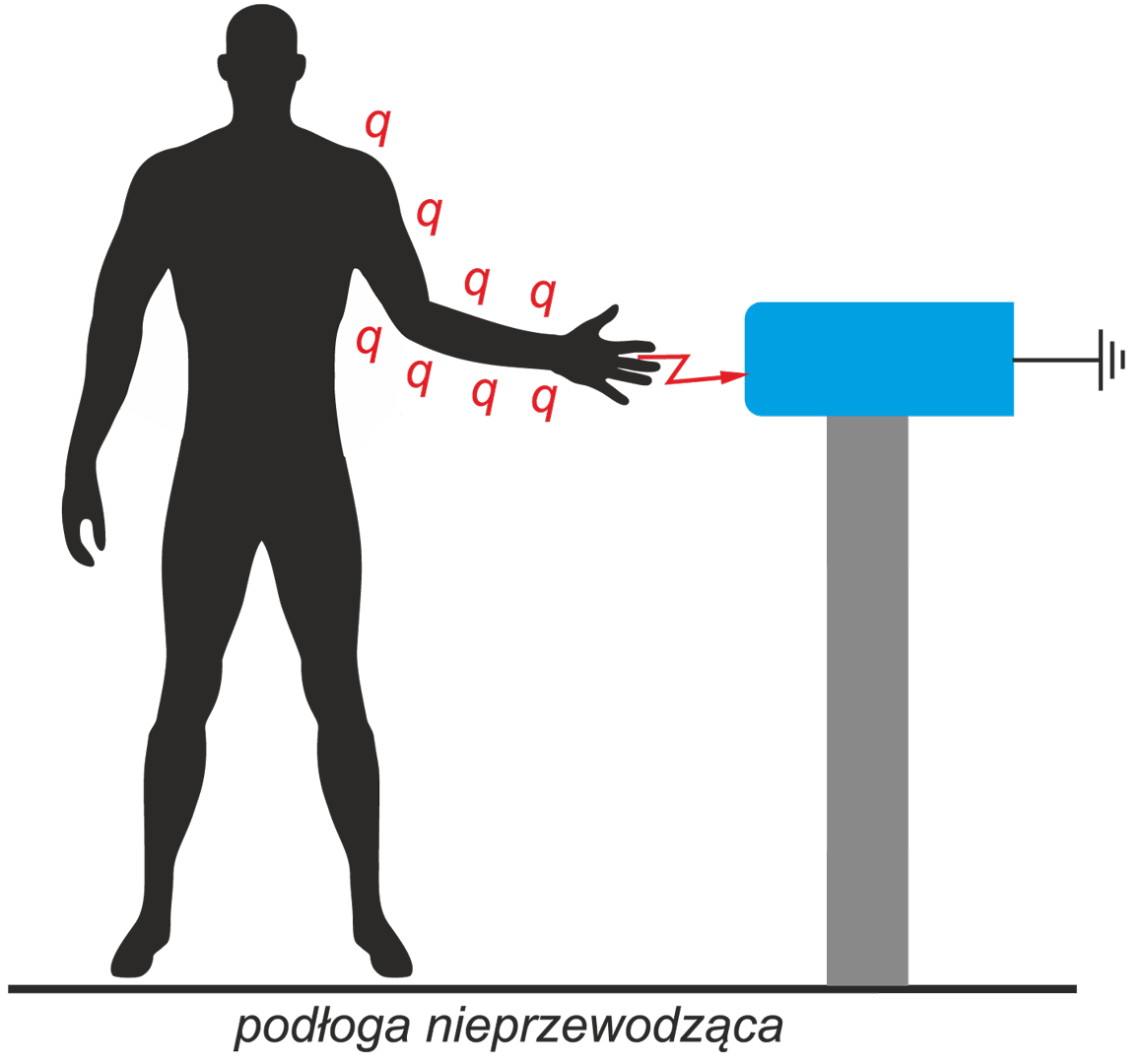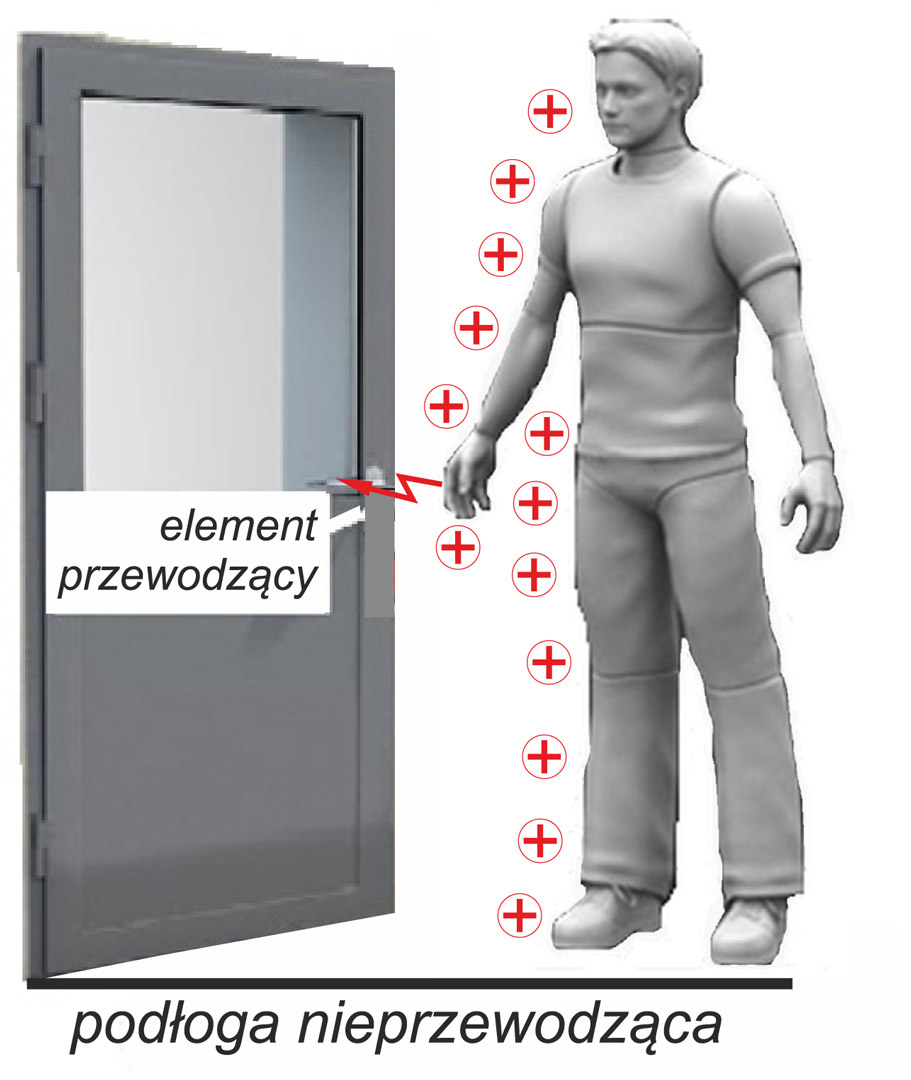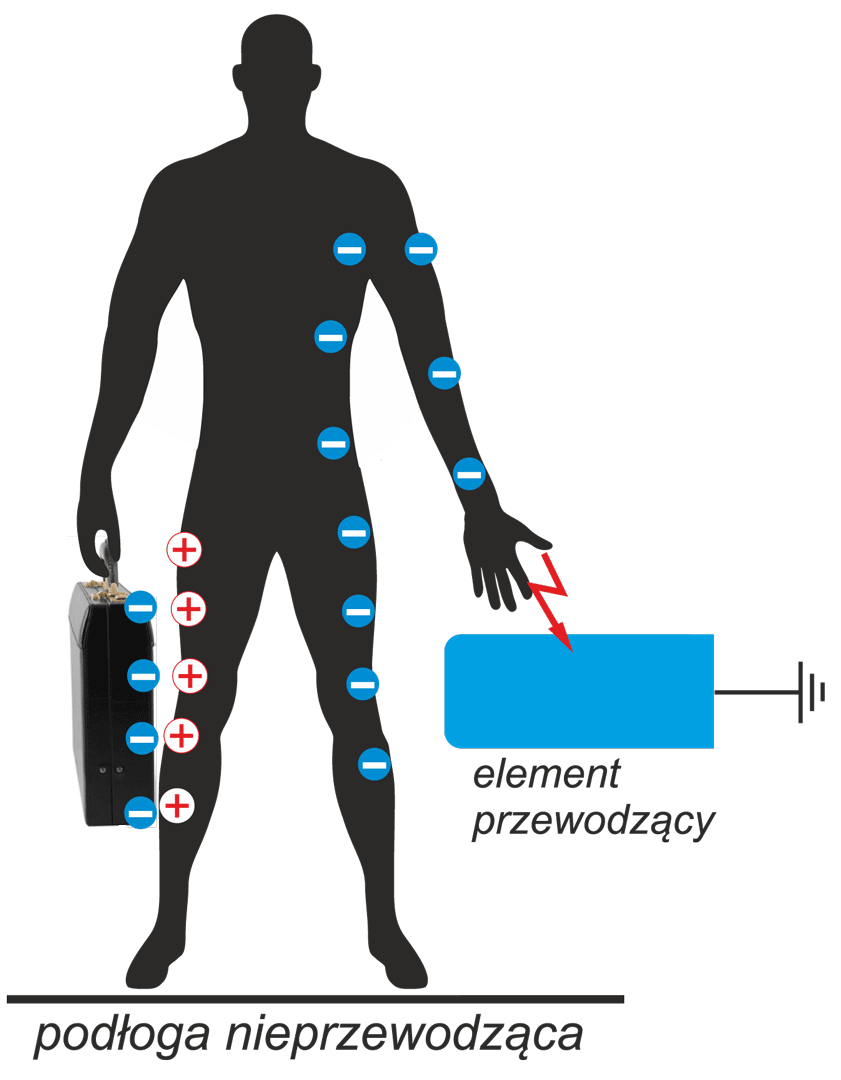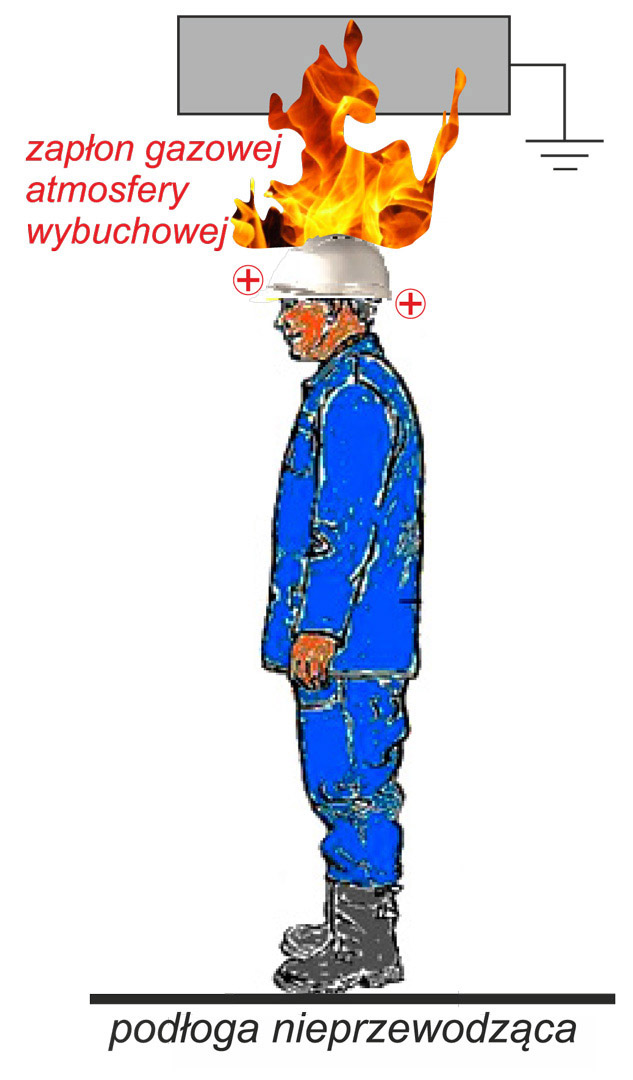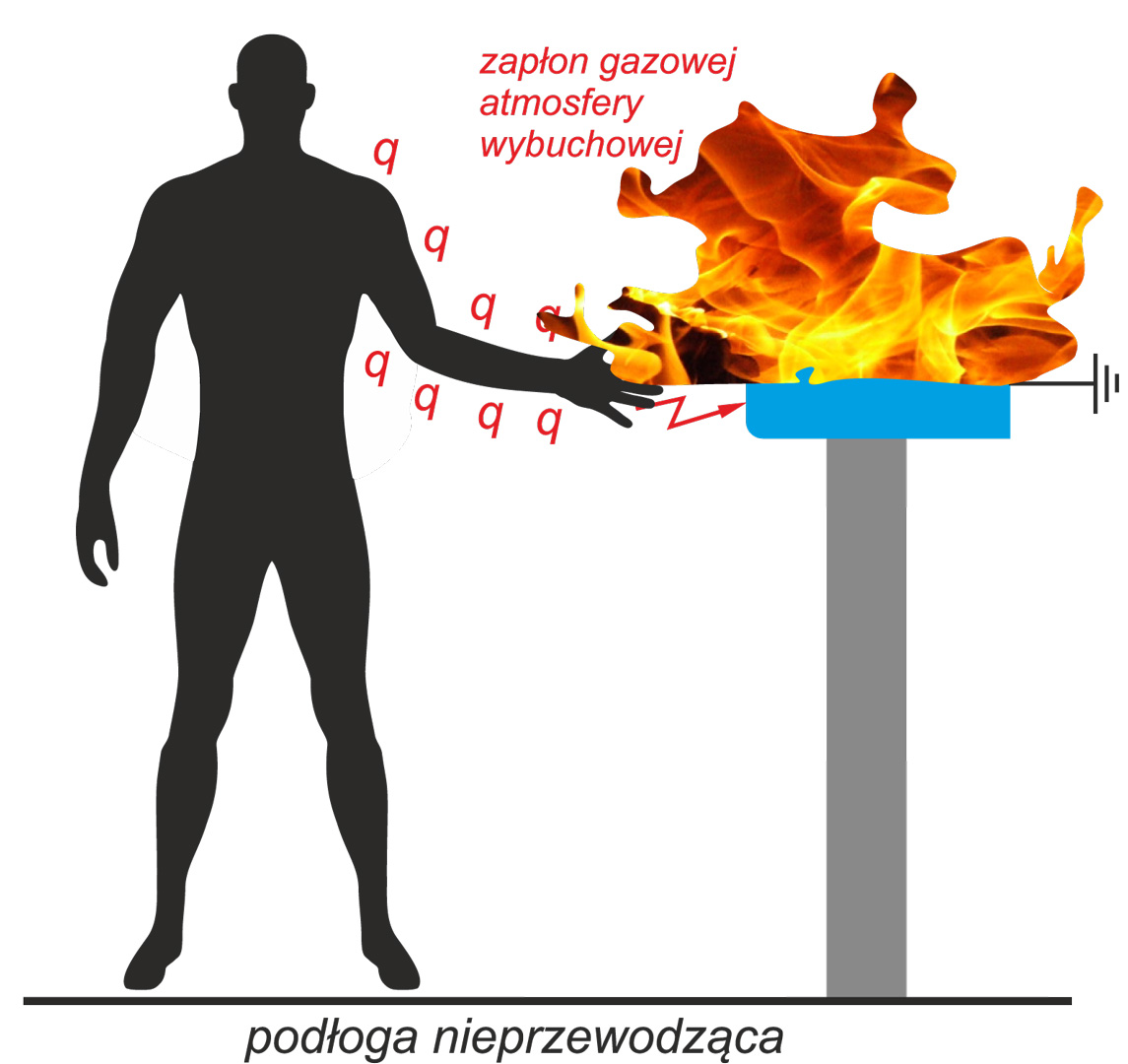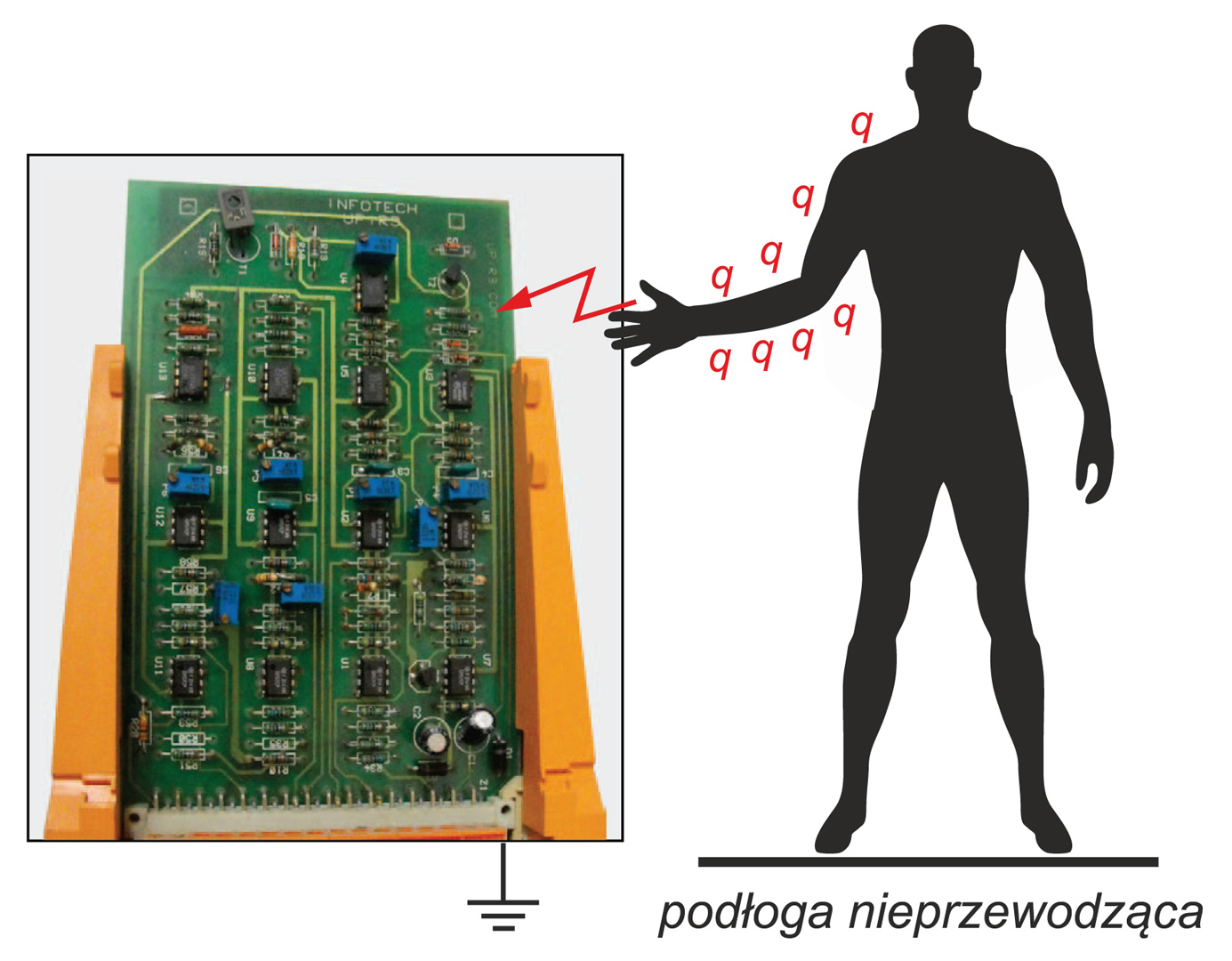E-journal for electrical and electronic engineers
AUTOMATYKA, ELEKTRYKA, ZAKLOCENIA
(AUTOMATICS, ELECTROTECHNICS, DISTURBANCES)
Vol. 7, Nr 2(24) 2016
Susceptibility of Human Body to Electrization. Part 3: Discharge of a Charged Isolated Human Body
Abstract
The discharge occurs when the local electric field exceeds the electrical breakdown strength of the surrounding gas atmosphere. The discharge depend on various factors such as the length of the air gap in the discharge channel, the number and polarity of charge transfer from the charged human body insulated, electrical properties and geometry of the discharge space of non-conductive t nonmetallicproduc. During the evaluation ignition hazard or risk of damage to electronic components caused by the discharge, the method for determining the value of the energy in the accompanying discharge is used.
Keywords
non-conductive non-metallic product, discharge, hazard
Fig.
Bilbiography
[1] V. Babrauskas:”Ignition Handbook” 2003 USA.
[2] T. Ficker: „Electrification of human body by walking” Journal of Electrostatics vol. 64, issue 1, January 2006, pp. 10–16.
[3] M. Glor: “Ignition hazard due to static electricity in particulate processes” Powder Technology vol. 135–136, 2 October 2003, pp. 223–233.
[4] W. D. Greason: “Quasi-static analysis of electrostatic discharge (ESD) and the human body using a capacitance model” Journal of Electrostatics, Volume 35, Issue 4, September 1995, Pages 349–371
[5] Yoshihisa Kagawa, Yoshinori Taka, Osamu Fujiwara: “Characteristic measurement of spark transients due to finger touch” Journal of Electrostatics, vol. 68, Issue 1, February 2010, pp. 1–4.
[6] Tamae Mizuno, Kazunori Takashima, Akira Mizuno: „Spectrum analysis of induction voltage from walking human body” Journal of Electrostatics, vol. 71, issue 3, June 2013, pp. 524–528.
[7] J. A. Strojny: „Some factors influencing electrostatic discharge from a human body", Journal of Electrostatics, vol. 40–41, June 1997, pp. 547–552.
[8] B. Wiechuła: "Charging of Materials Non-Metallic Used in Underground Mines Endangered by Firedamp and/or Coal Dust," Open Journal of Inorganic Non-metallic Materials, vol. 3 no. 3, 2013, pp. 43–51.
[9] B. M. Wiechuła: „The incendivity hazards of electrostatic discharges from charged, non-conductive solid materials” Fire Safety Journal vol. 60, August 2013, pp. 46–55.
[10] PN EN ISO 284:2013 – 06: „Taśmy przenośnikowe – Przewodność elektryczna – Wymagania i metoda badania”.
[11] PN EN 1149-1:2008: „Odzież ochronna – Właściwości elektrostatyczne – Część 1: Metoda badania rezystywności powierzchniowej”.
[12] ISO 11199-3:2005 “Walking aids manipulated by both arms – Requirements and test methods – Part 3: Walking tables”
[13] PN-EN 13463-1:2010 „Urządzenia nieelektryczne w przestrzeniach zagrożonych wybuchem – Część 1: Podstawowe założenia i wymagania”
[14] lEC 60079-32-1/TS/A1/Ed1: 2014 “Explosive atmospheres – Part 32-1: Electrostatic hazards, guidance”
[15] IEC/TR 61340-1: 2012 ”Electrostatics - Part 1: Electrostatic phenomena – Principles and measurements”.
[16] PN EN 61340-2-3:2002: „Elektryczność statyczna – Część 2-3: Metody badań stosowane do wyznaczania rezystancji i rezystywności płaskich materiałów stałych, używanych do zapobiegania gromadzeniu się ładunku elektrostatycznego”.
[17] B. M. Wiechuła: „Podatność ciała człowieka na elektryzowanie Część 1: Oddziaływanie elektryczności statycznej na ciało człowieka”
AUTOMATYKA-ELEKTRYKA-ZAKłÓCENIA, vol. 6, no. 3(21) 2015, wrzesień, pp. 42–52.
[18] B. M. Wiechuła: „Podatność ciała człowieka na elektryzowanie Część 2: Elektryzacja ciała człowieka”
AUTOMATYKA-ELEKTRYKA-ZAKłÓCENIA, vol. 6, no. 4(22) 2015, grudzień, pp. 94–104.




































